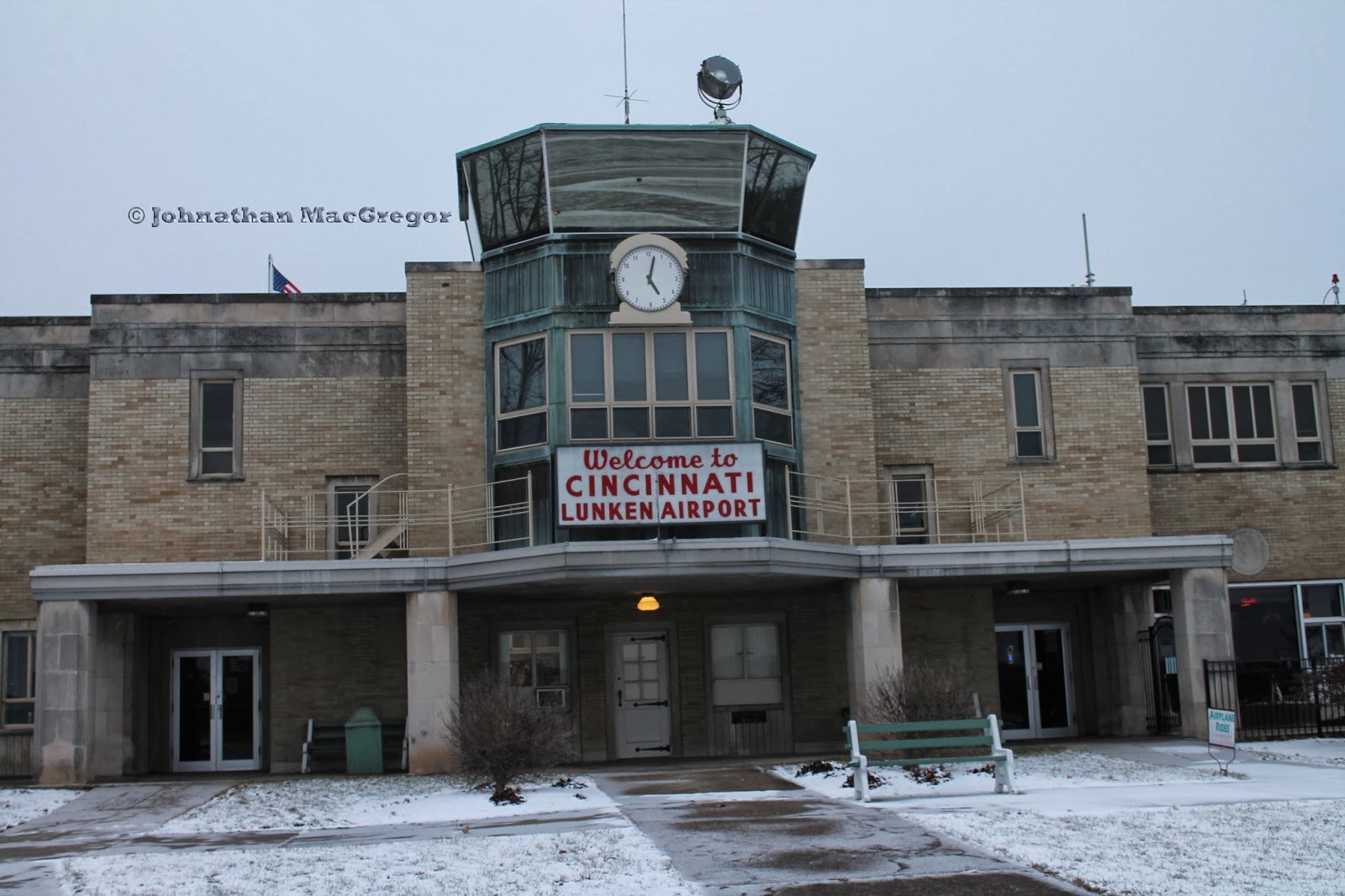It took Cincinnati almost 60 years to collectively decide they even needed the Roebling Bridge to be built. A big part of that was simply being unable to build a bridge tall enough to let steam ships cruise under--the Scioto didn't present this problem, and Columbus began bridging it early. Four years after Columbus was officially founded, Lucas Sullivant built a toll bridge on the same general site as the current bridge.
 |
| Not the Sullivant toll bridge, clearly. |
As it turned out, the Scioto was extremely hard to bridge because it kept flooding. As the plaque a few photos down will tell you, at least 6 bridges have spanned this spot, as well as others in different places throughout the city. It took quite a while to find one that would stick around, but in 1918 work began on the span that would bridge Broad Street until 1990.
A lot was done to that 1918 bridge, including taking out streetcar track after WWII and building in telephone cables under the sidewalks. Between that, increased vehicle traffic (compare the number of cars on the road when they designed the damn thing with the number of cars on the road today for an unscientific assessment), and general wear-and-tear on lowest-bidder construction it was time for a new bridge for a new century.
I'm a fan of private industry, but I can't help but notice bridges didn't stick around longer than a few years until the government took the wheel--probably a coincidence, but still interesting to note. What role does protecting ROI (return on investment) play in projects like this? Just food for thought as we privatize everything from prisons to highways...
I'm a huge fan of bridges, and dams, and things in general that let us grab Mother Nature by the proverbial shoulder and say, "No, no I'm not ok with this--we're going to compromise right now!" It's a bonus when they can look as graceful as this bridge does, with the simple lines and comforting stability. Crossing on foot, I felt no movement from the bridge even when the occasional heavy truck drove by--not something I'm used to.
I was fairly impressed by how clean and spacious the riverwalk is beneath the bridge--and the good lighting and lack of sneaky alcoves means things are likely to stay that way with little evidence. Someone at the architect's firm was thinking ahead.
Simple arches connected to simple columns, resting on simple islands. Just like suspension bridges are just a roadway hanging from ropes strung over towers. The simplest ideas are often the best.
The Discovery Bridge is so named to celebrate Christopher Columbus's discovery of America. Given the absolute horror this unleashed on the people of the Caribbean, South America, North America, and Africa it's debatable just how much we should celebrate such a thing.
It was getting quite chilly as the sun kept going down, and the lighting made photography challenging. The current plan for the downtown stretch of the Scioto is to narrow the river to improve water movement and build more green space along the banks. Based on the smell by the river, even in the cold, I say more moving water is a good thing--but that's exactly how so many bridges were swept away. A tricky balance, and a worthy challenge.
We were getting ready to head out to our nice warm car and enjoy a hot meal someone else cooked, and this pile of trash and rags caught my eye. And it dawned on me that someone had stashed their bed here, in possibly the best place to avoid the wind. It was so incongruent with the effort the city clearly makes to keep things "pleasant" down by the river.
So in closing, I think it's safe to say we've got the whole "build beautiful strong things" down cold as a species. Maybe it's time to take on some other challenges?
Sources:
If You Liked This:














